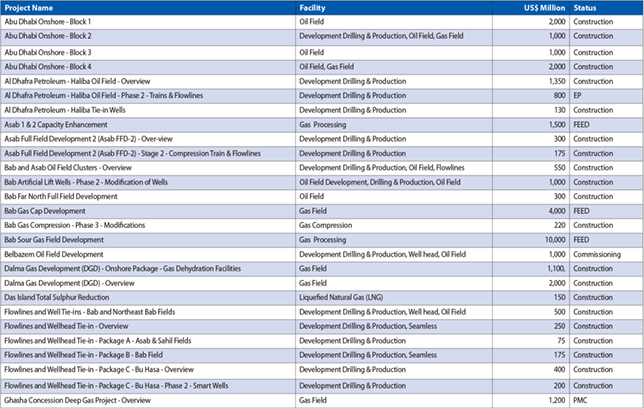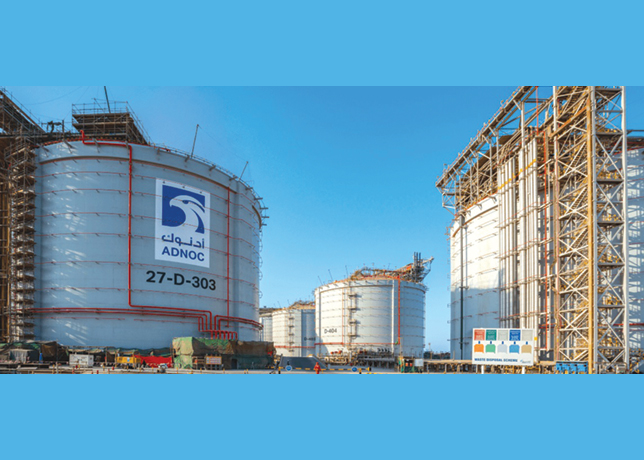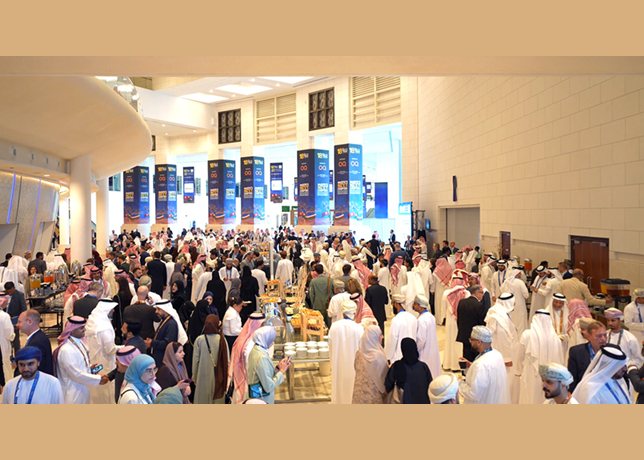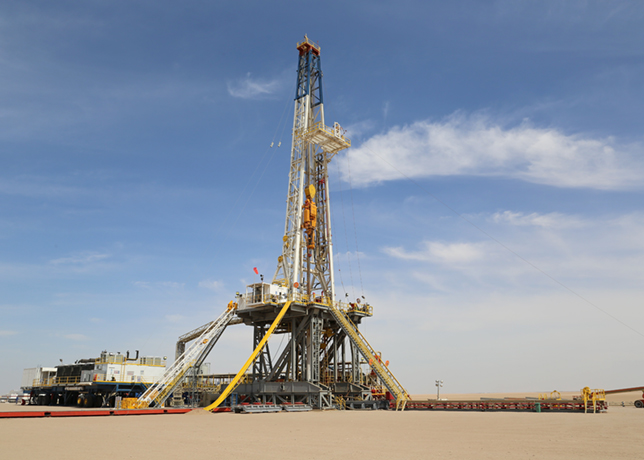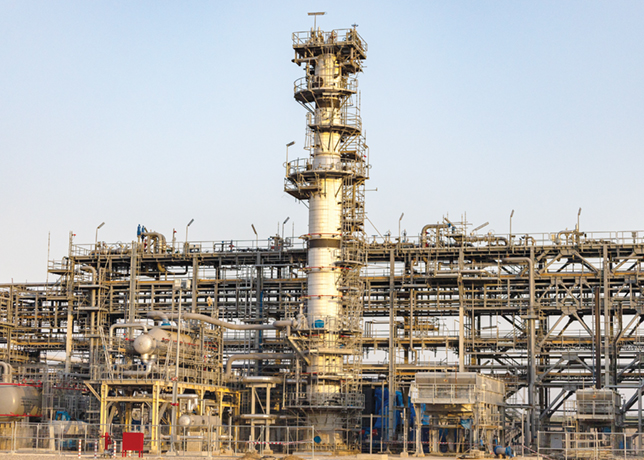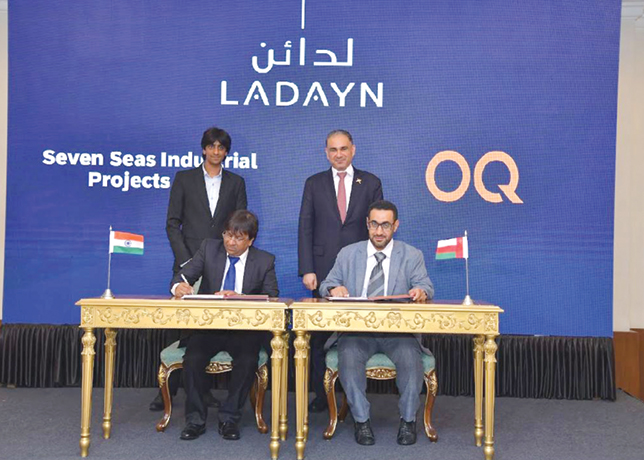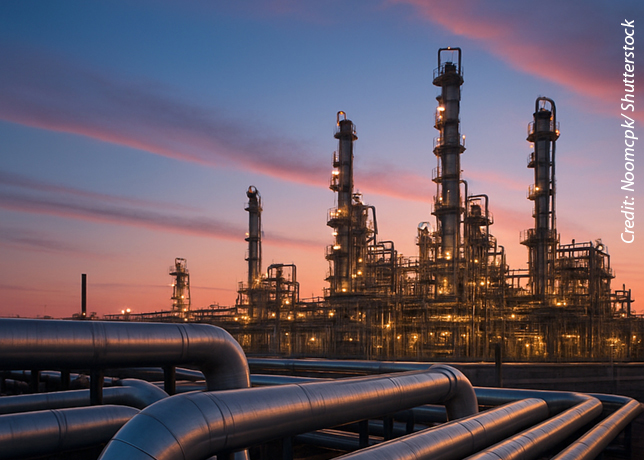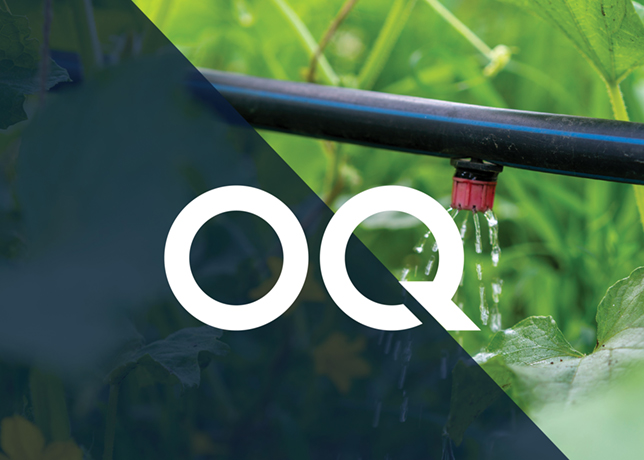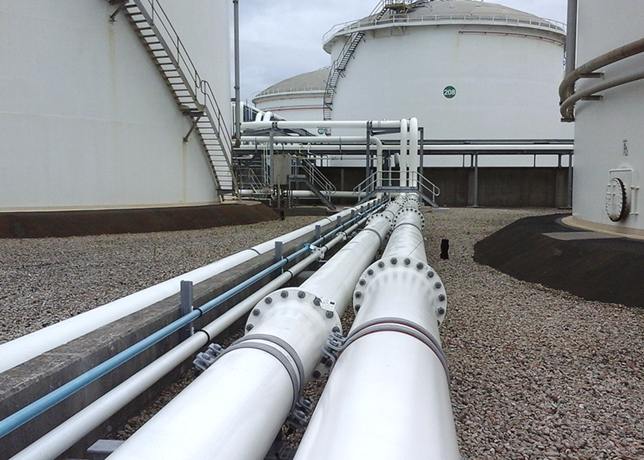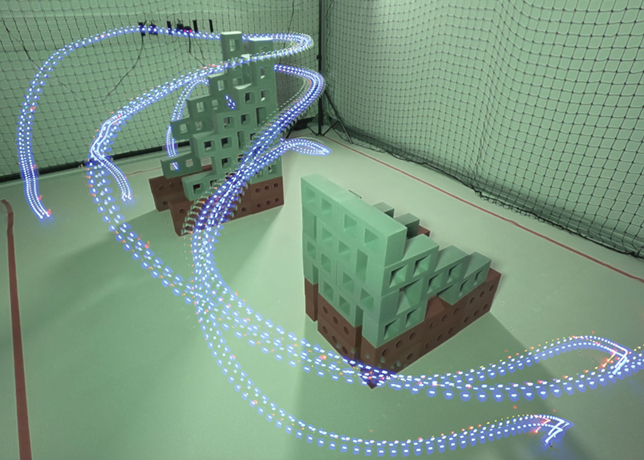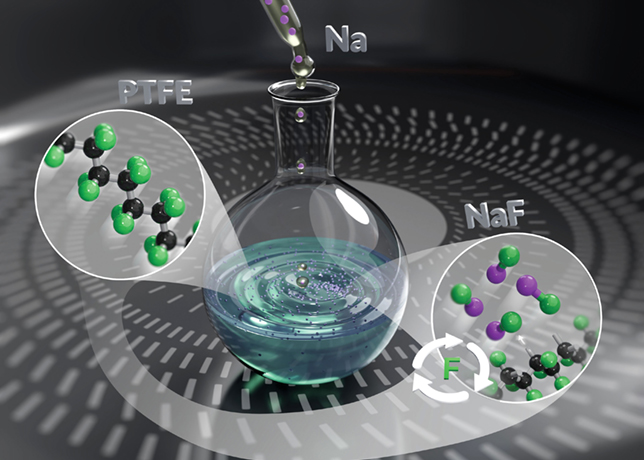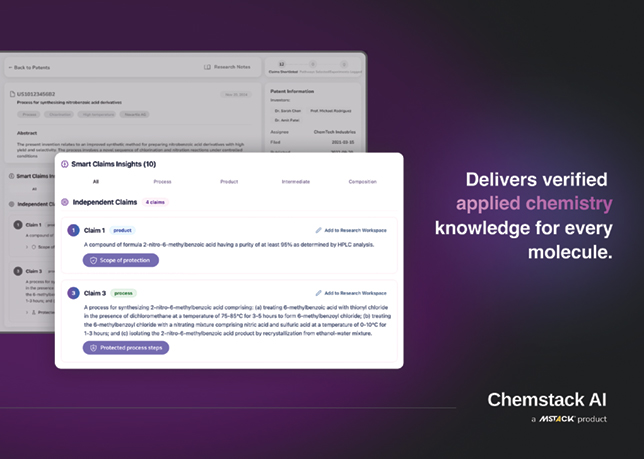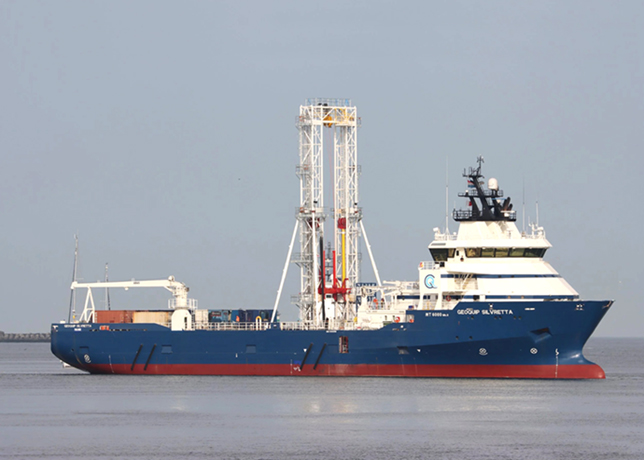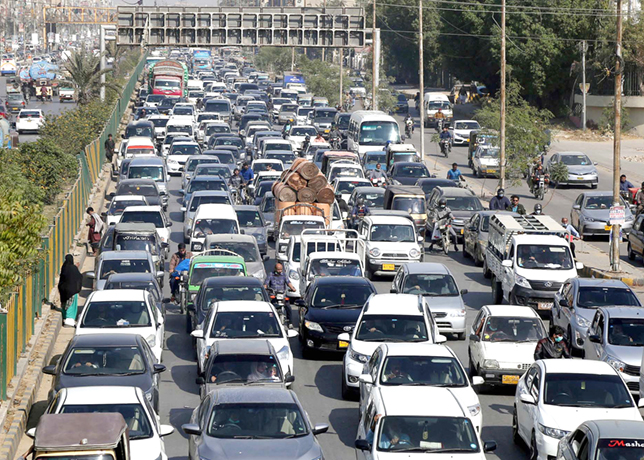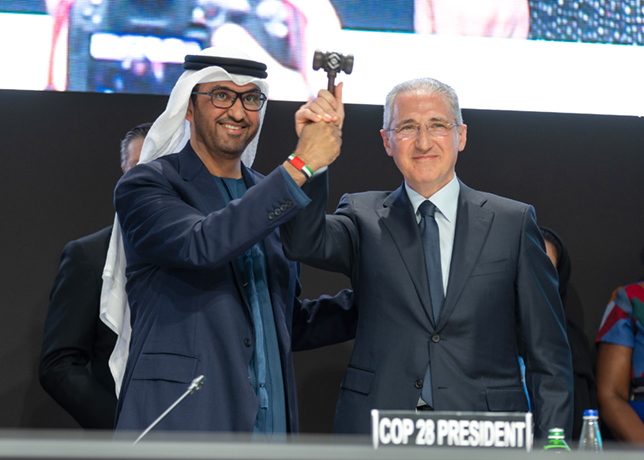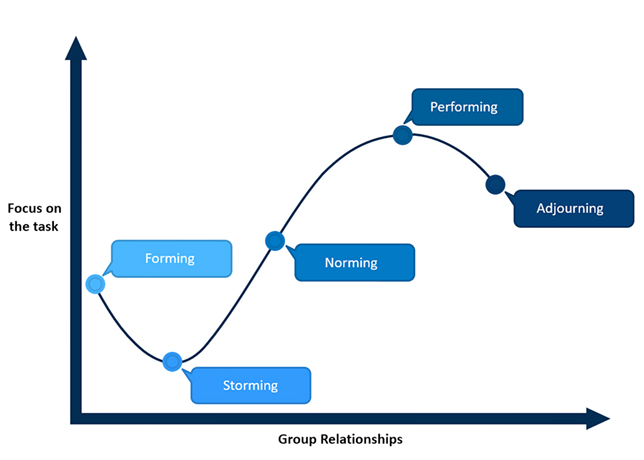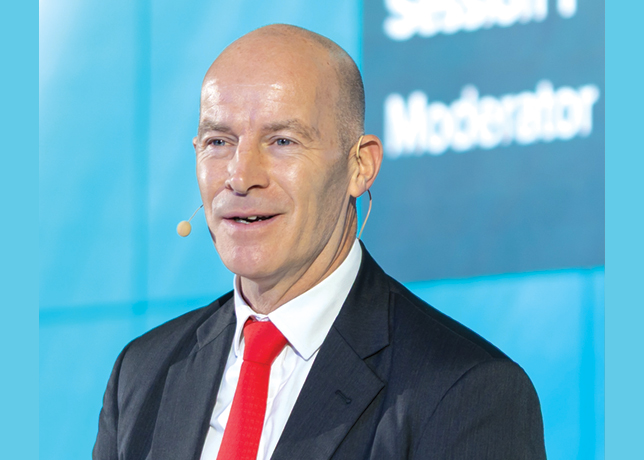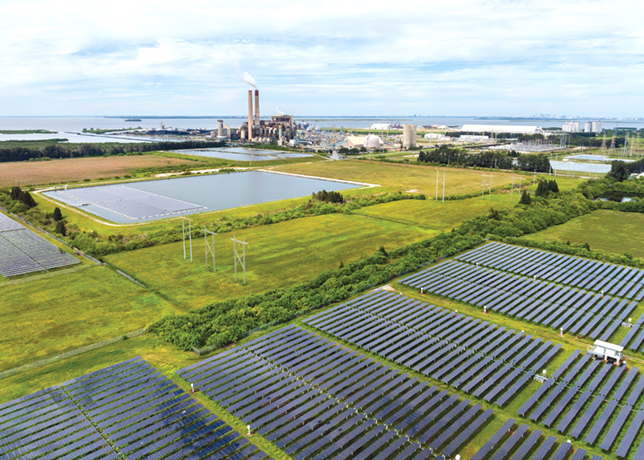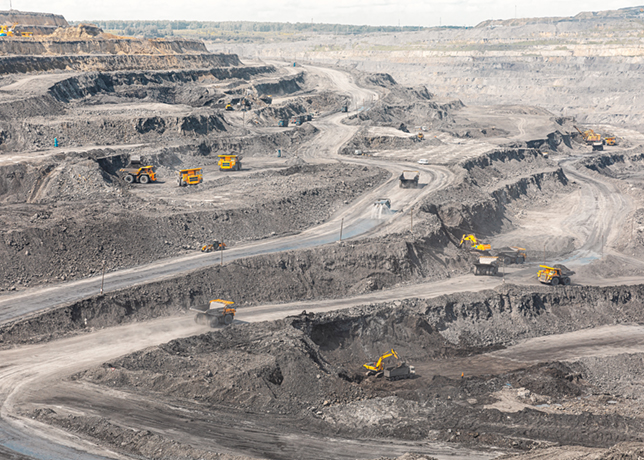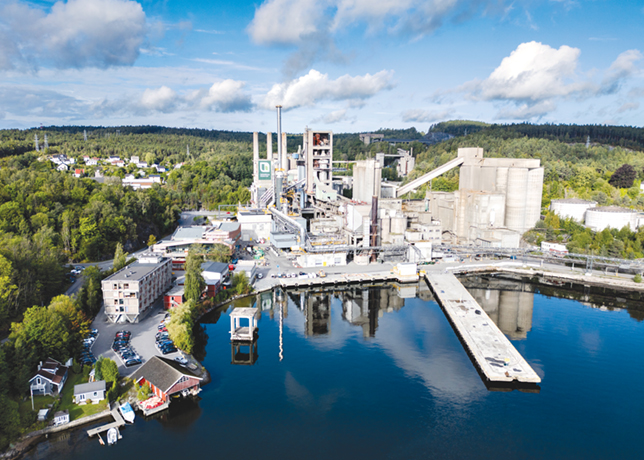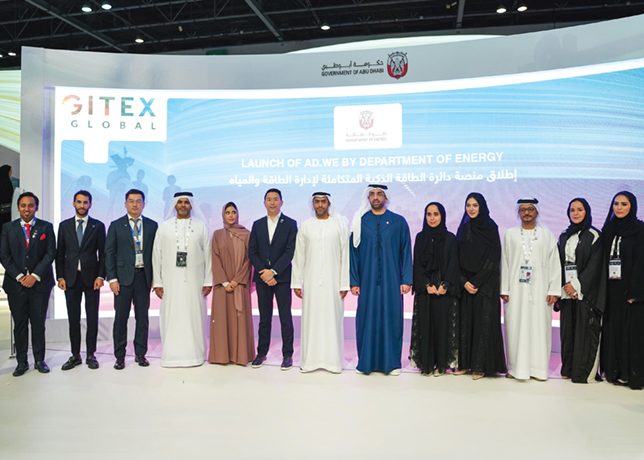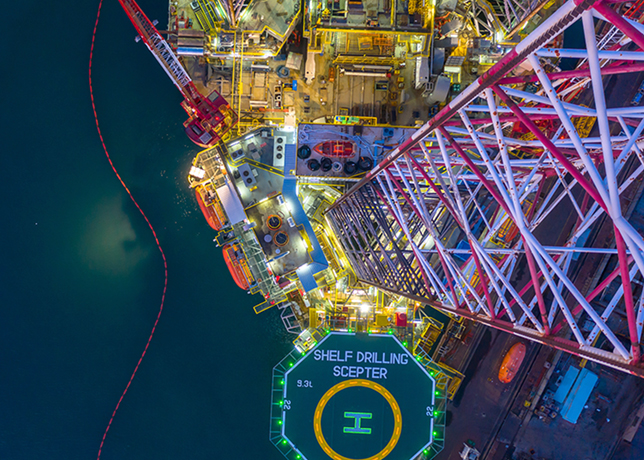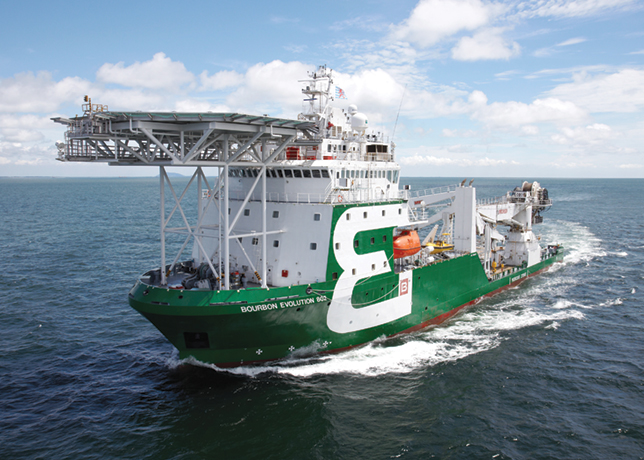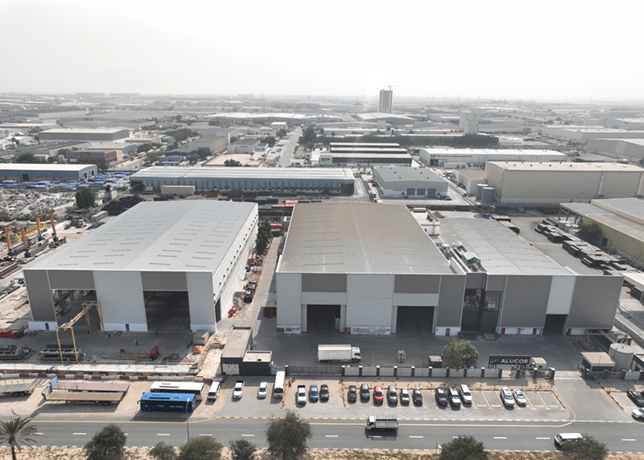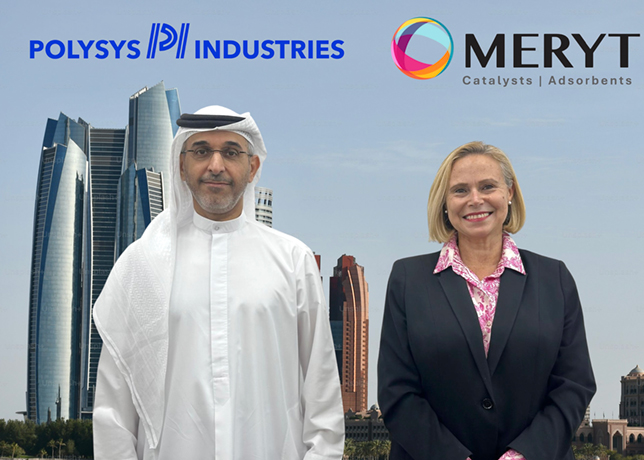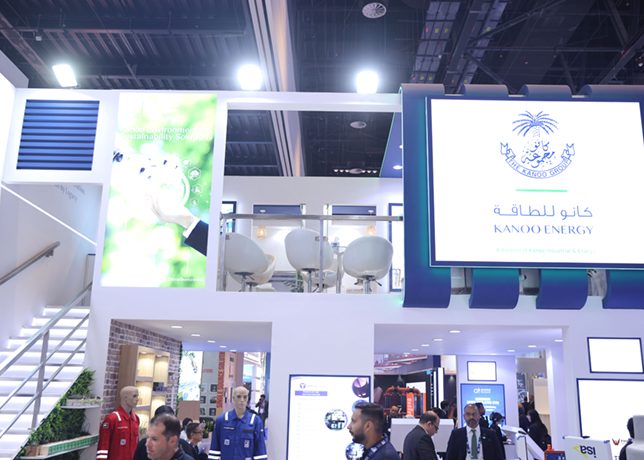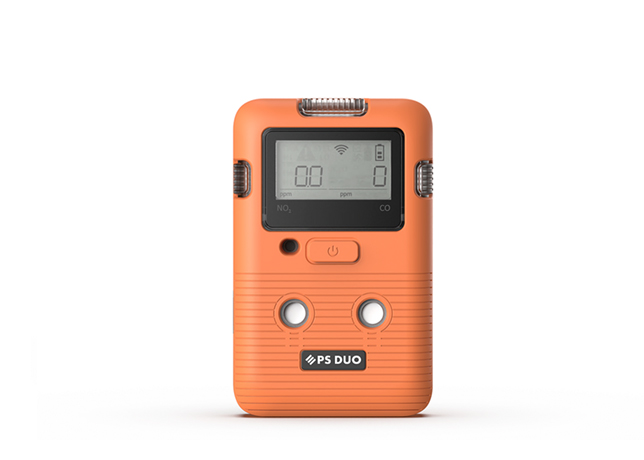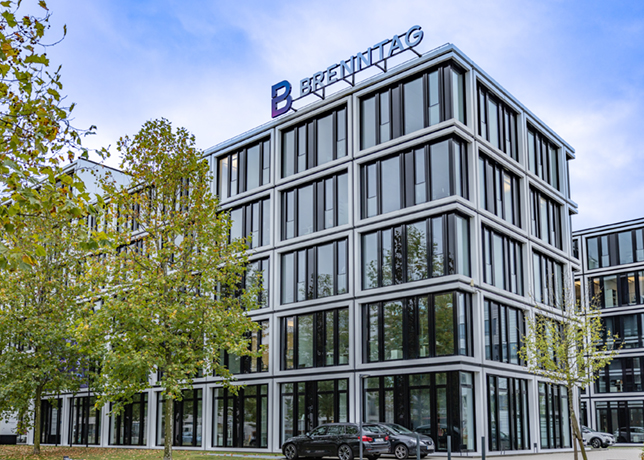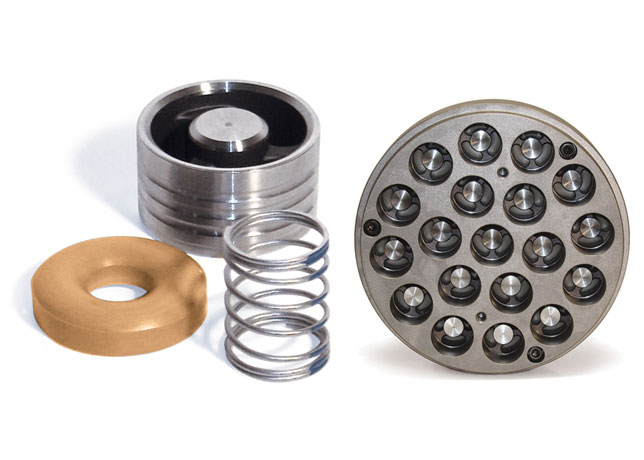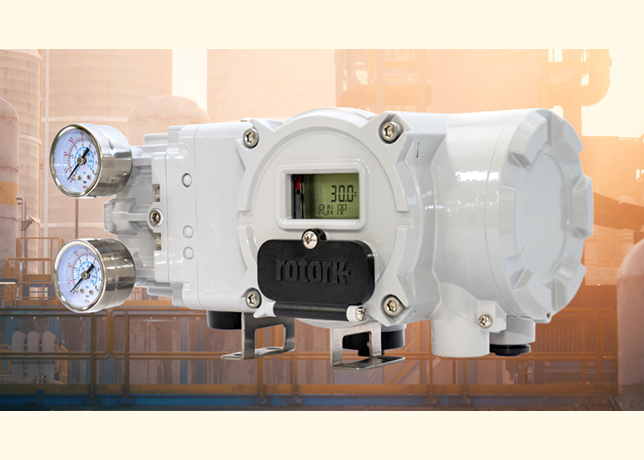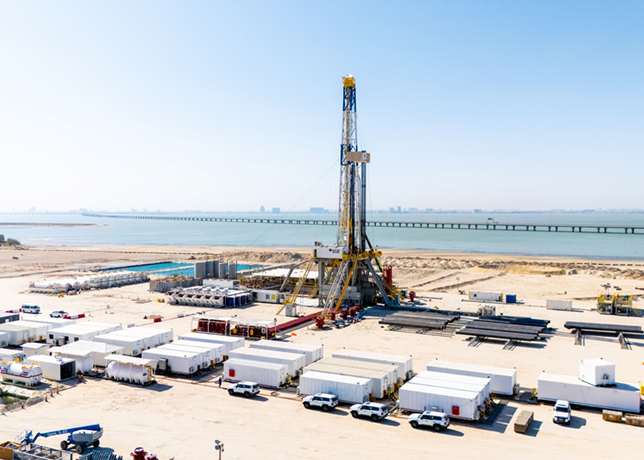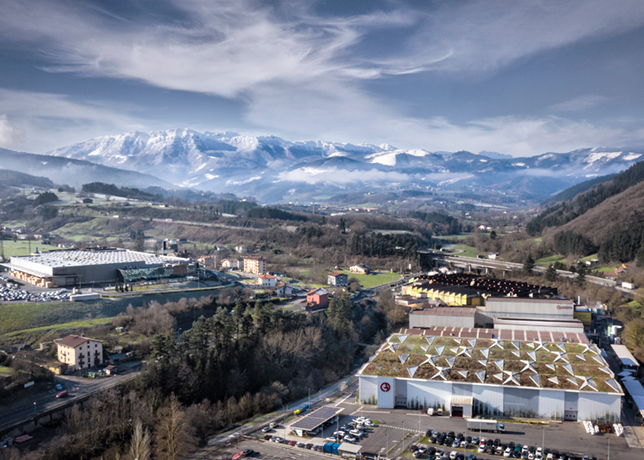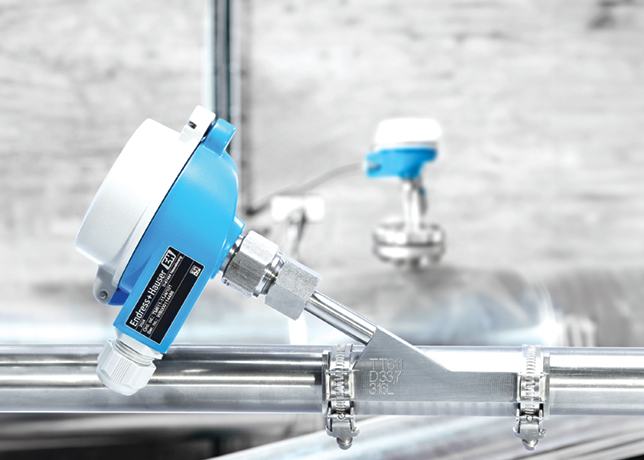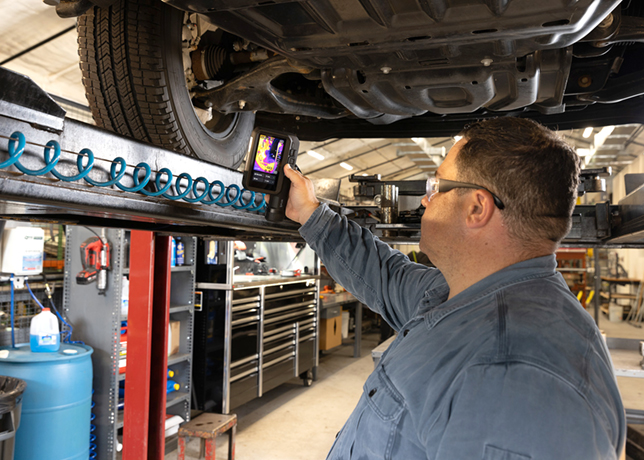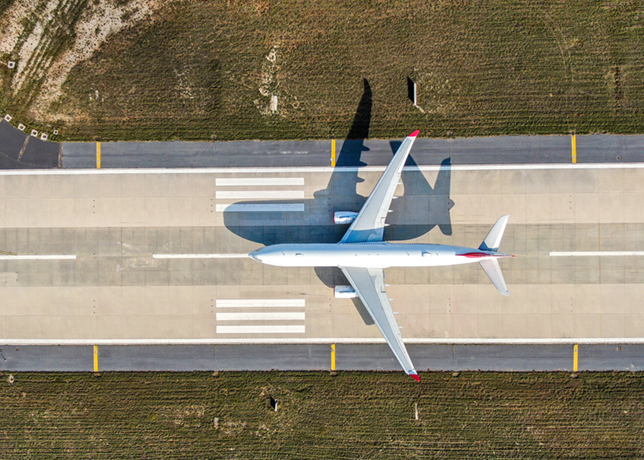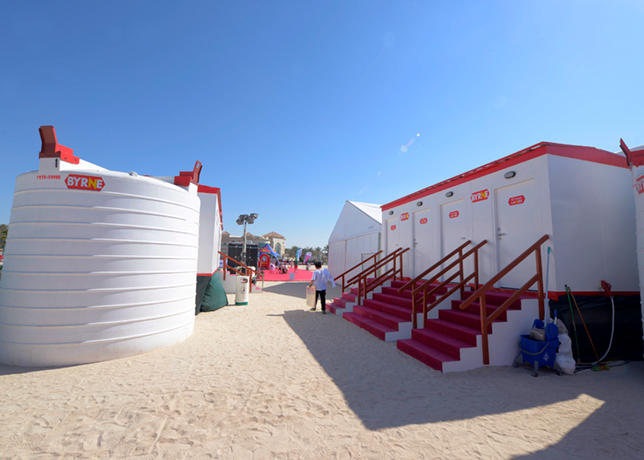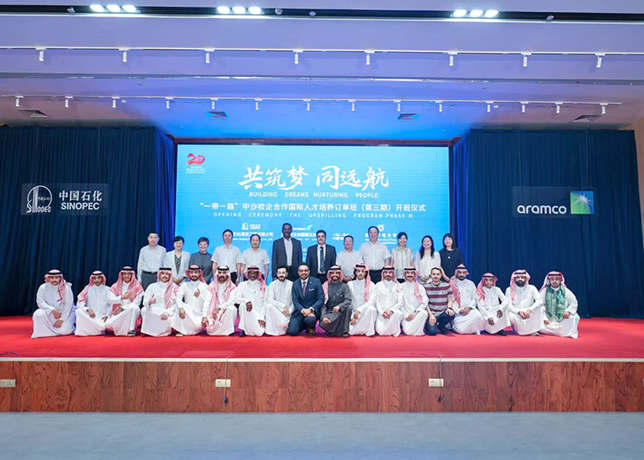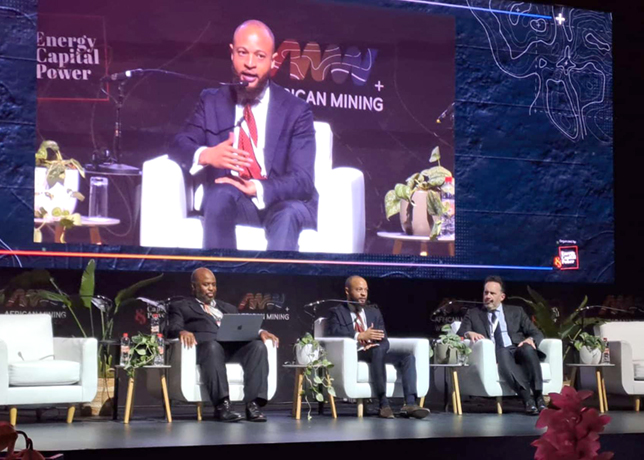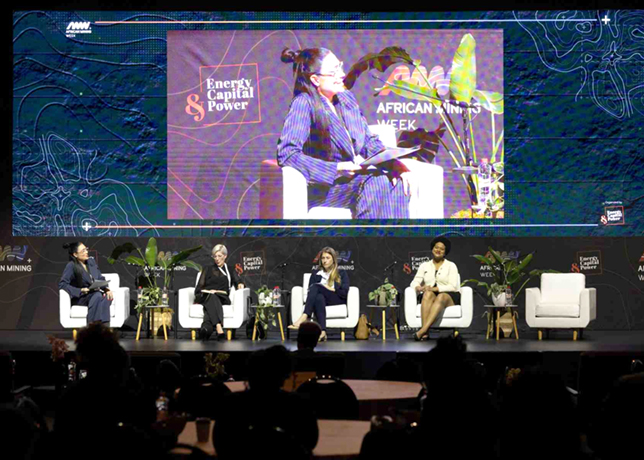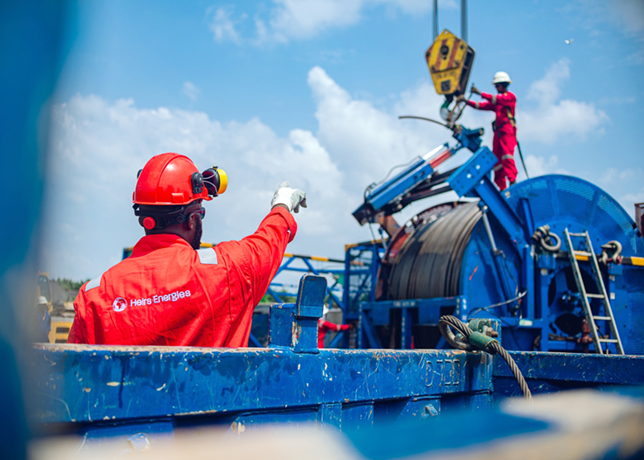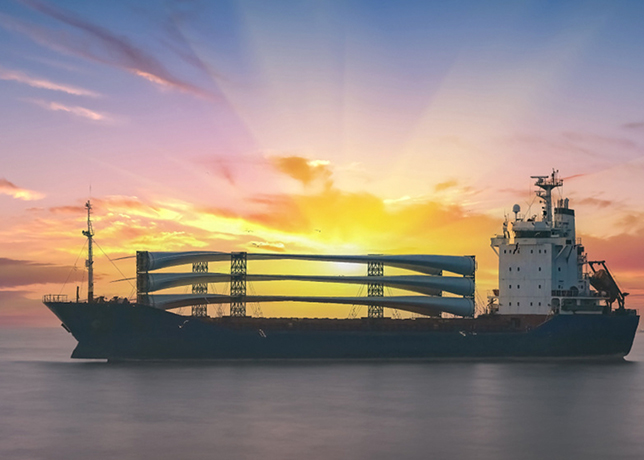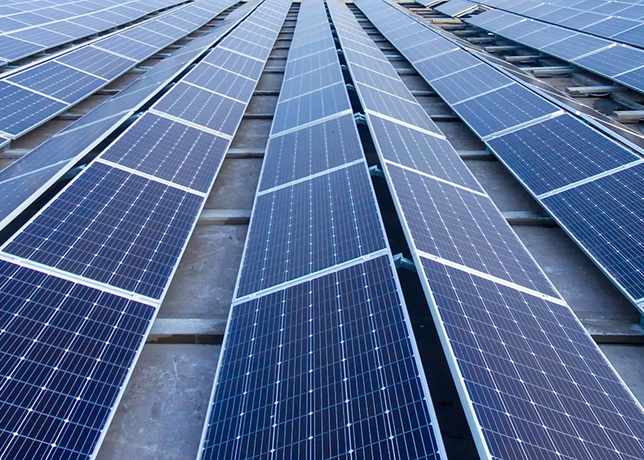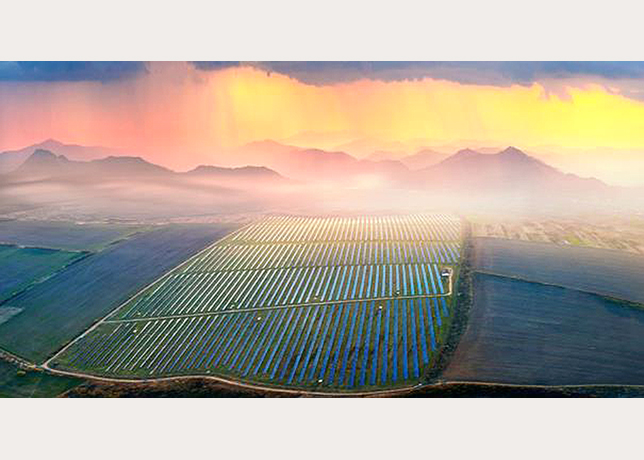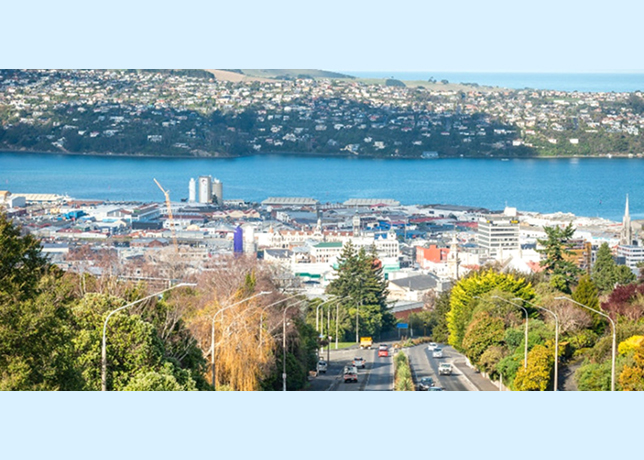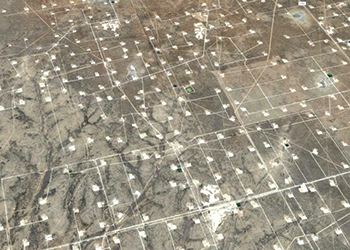
 Digitalisation of the oil industry has helped increase productivity
Digitalisation of the oil industry has helped increase productivity
Over the past decade, gas extraction, drilling, wells and pipelines have all been digitally transformed for the benefit of remote insight as to health, performance and efficiency of equipment, says John Geasa, Senior Director of IoT Products and Services at Speedcast
In its comeback to the industry mainstream, the energy sector has faced fierce expectation and challenges to adhere to the new normal of our modern age.
Following the introduction of the Internet of Things (IoT) era, every step within the oil and gas sector has evolved. From lower oil and gas prices across the market to new highs in data influx due to worldwide digital transformation, the energy field has been presented with a different approach to industry – something it must adapt to in order to improve return on investment (ROI) and remain competitive.
The digitalisation of the industry has brought with it benefits of increased productivity and lower production costs; ideal for easing the pressure to meet volatile market prices.
However, in order to successfully manage the transition from the traditional to the digital oilfield and reap these benefits, effective solutions must be implemented into the operative network. These solutions must be able to cope with the exponentially increasing data levels being generated by wider industry digitalisation, while offering cost-effective installation and integration with existing systems to maximise ROI.
By utilising cutting edge machine learning (ML), data analytics and IoT technology, this can be achieved – streamlining networks and technology to optimise management, security and frontline operations.
INFORMATION INFLUX
Data is being used within the energy sector in various ways. Over the past decade, gas extraction, drilling, wells and pipelines have all been digitally transformed for the benefit of remote insight as to health, performance and efficiency of equipment. For example, data from seismic monitoring helps producers to adapt their drilling and fracking processes, while sensors deep in drilling equipment inform producers as to how well it is performing and where stresses or imminent bottlenecks lie.
Such readings can better inform producers in real-time, so that they have an improved understanding of what is going on beneath the service. This creates the opportunity for early intervention and preventative measures such as maintenance or shutdowns to protect the system from malfunction or failure.
With productivity traditionally stuck at 77 per cent and pump failures costing between $100,000 and $300,000 per day in lost production, such technology can save huge repair costs across entire rigs while improving productivity by between one and two per cent.
Such data is so valuable that supermajors spend between $1-3 billion per year on acquiring it; a cost which is expected to rise significantly as data demands more than triple from 8 Gbps in 2018 to over 26 Gbps by 2027.
However, the complexity of producing, processing, and making decisions based on the sheer volume of information can be dangerous, overwhelming the management ability of crews.
To alleviate this pressure, IoT integrates more than 30,000 sensors, 200 operating variables and a range of remotely operated devices with data analytics and ML. This enables changing conditions to be recognised and responded to automatically in real time, improving quality, optimizing operations and reducing costs.
IoT can also be used to offer operators with response options and operational predictions based on experience, minimizing their workload and securely future proofing the system.
STEPS TO SUCCESS
IoT can be applied to a variety of business activities within the industry, from infrastructure to crew wellbeing.
Construction lays the foundations for this, making up 40 per cent to 70 per cent of all capital spending in the oil and gas sector. As a result, it is the most critical operation to streamline in the value chain.
Taking place in locations with significant health and safety risks, the management is complex. IoT and analytics are already relieving some of these issues, improving well placement, design and planning for lower costs and better productivity with subsurface planning.
Process automation also has the potential to take on 80 per cent of tasks executed at the well site today, estimating costs based on huge data sets, both historic and real-time without the need for manual costing, to reduce risk and increase success rates.
Finally, IoT can minimise person-hours by replacing manual processes with digital well prospect maturation, streamlining the number of interfaces and hand-offs among departments, saving between 3,000 and 6,000 man-hours and, therefore, major expense.
Man-hours and hand-offs can also be reduced by providing a platform for experts to work remotely on several sites at the same time. By being able to manage several departments at once without commute, costs are significantly lowered and performance is increased and consistent.
By centralising rig support in this way, overall costs can be reduced by 30 per cent. This also positively impacts staff wellbeing by eliminating the isolated and lengthy aspects of the work while on rigs.
On a wider scale, crew wellbeing can be improved by the reassurance of an improved health and safety procedure. IoT technology can support telemedicine capabilities to offshore crew; doctors can remotely collect health data, diagnose and prescribe care from inland, minimising reaction time and saving huge costs in medical evacuation and travel to be assessed.
Analytics can also reduce the rate of accidents by analysing safety records and identifying the highest-risk activities and behavior by individuals. This helps to forecast health and safety performance by redesigning processes to reduce risk.
As a major player in the successful comeback of the industry, it is vital that producers work efficiently, yet sustainably. To do so, pipeline monitoring is essential for immediately improving ROI and maintaining ethical operations.
Algorithms that scan incoming data are able to predict and intervene with spikes in oil leakage to surrounding waters without affecting production, while real-time pipeline condition reports protect against pipeline breaches, helping to reduce the $37 billion global annual losses due to theft and leakages.
With 2.9 million km of pipeline between 10 countries, it is important to protect the system and the environment surrounding it. This will only be possible by the 90,000 sensors that are predicted to be installed in pipelines by 2022.
REMOTE SOLUTIONS
By making the investment into digital transformation, producers can benefit from improved ROI as well as crew wellbeing and safety. Full coverage solutions such as Speedcast’s IoT, ML and data analytics offers just this; constant and reliable automated responses to ease crew responsibility, minimise error margins and reduce payouts.
With oil and gas assets suffering from outdated networks and lacking IT support, it is important that far-reaching technology is implemented to protect producers globally.
Using satellite technology to remotely enforce such innovation, Speedcast is able to support all major oil and gas regions by offering custom fully-managed remote connectivity and IT solutions as well as 24/7 troubleshooting and maintenance.
Understanding that challenges differ depending on regional context, the company is well- prepared to address local concerns with tailored solutions to propel the industry and support its development. For producers, the movement to the Digital Oilfield is vital to maintaining relevancy today and must be considered to survive the evolution of the industry.
For organisations whose operations and people depend upon remote communications, Speedcast is the ideal global partner, bringing together the best high speed communications networks with a suite of networking and application innovations to deliver a consistent, superior customer experience, anytime, anywhere.



